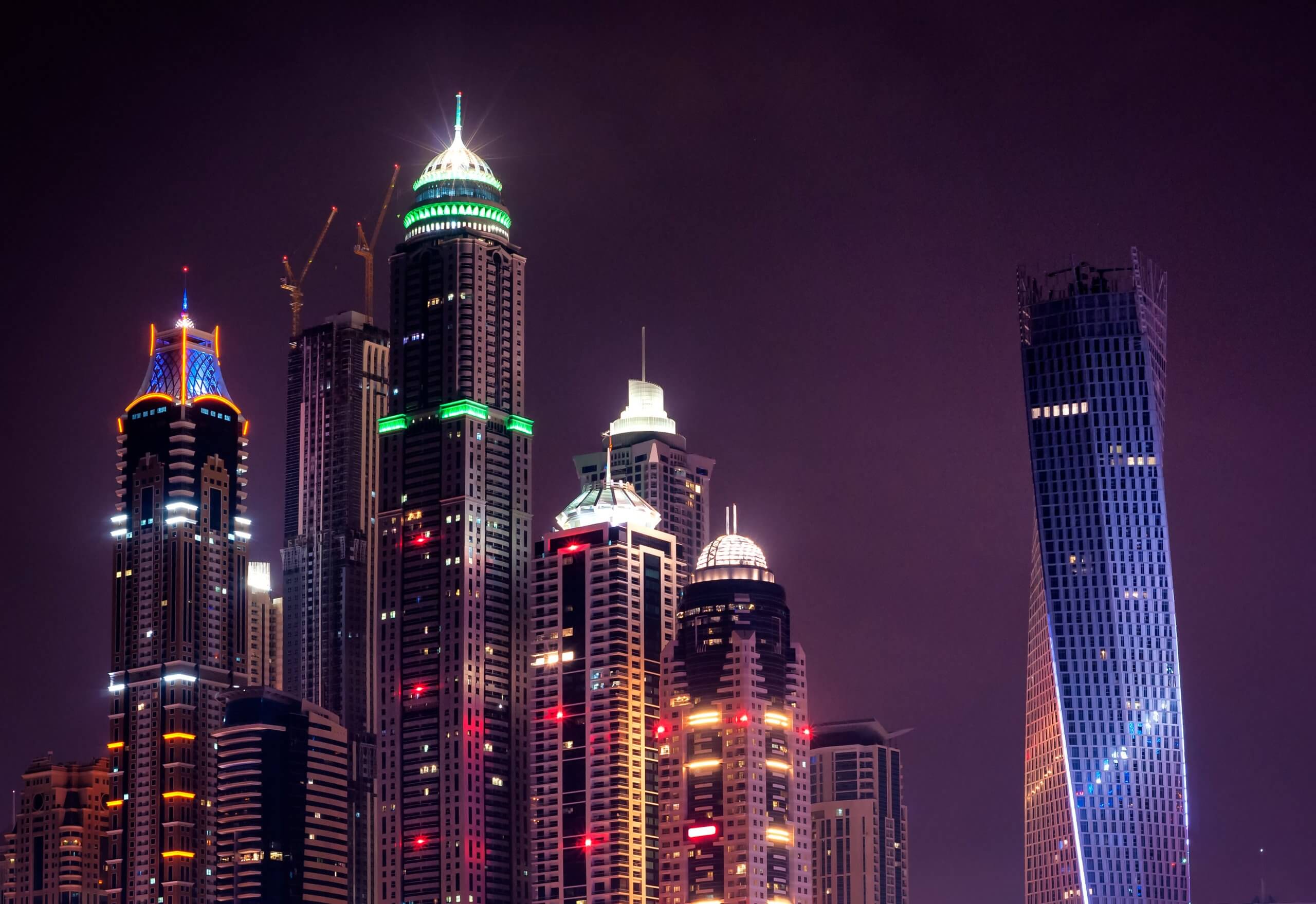The Most Advanced Structures on Earth
The majority of people know Dubai as a relatively new city, infamous for its extravagance. But the cutting-edge technology and design being developed in Dubai’s architecture is really pushing the limits of what a structure can be, prompting engineering breakthroughs and advances that have changed construction and design forever.
Dubai’s skyscraper builders are prolific, drawing inspiration from global architectural styles. The buildings of Dubai reflect Islamic architecture, both modern and classical. Even the Burj Khalifa, the world’s tallest and most advanced building, uses elements of classic architecture and the patterning associated with traditional Middle Eastern design.
The Burj Khalifa won’t be the world’s highest building for much longer. It will soon rank as the second tallest human-made structure ever built, once Saudi Arabia’s latest architectural innovation is completed: the mile-high Jeddah Tower. If construction remains on track, the building will be ready in 2020.
Still, the Burj Khalifa will always be an historical triumph. Overcoming the limitations imposed by physics is no small task, and the design employs several ingenious techniques to defy gravity in effortless style – the tapered, aerodynamic design and structural reinforcements have allowed for a building that stands at an unbelievable height of over 2,700 feet.
Even with the latest and most innovative design, fire safety must be factored into the construction of a building that can hold 10,000 people at any given time. The Burj Khalifa is as susceptible to fire as any other building in Dubai: something the city knows all too well.
A History of Fire
Dubai has, in days gone by and in recent memory, been plagued by fire. The desert climate produces unfathomable temperatures, which make combustion all the more likely when conditions are dry. In 1894, fire ravaged homes in Deira, burning it to the ground. More recently, Dubai’s ultra-modern buildings have suffered catastrophic fires at the hands of the climate. The bleeding-edge of building design is often risky – both aesthetically and practically. Lessons have been hard learned, and fire safety is now a defining factor of the city’s construction.
We’ve already become part of Dubai’s fight against fire, with the work we carried out at Dubai International Airport and Dubai Marina Mall.
Fire Protection for Megatall Structures
Protecting the inhabitants of tall buildings from fire and smoke is a chief concern of ours at Coopers Fire. Tall buildings are densely populated, packing thousands of people into a tiny footprint. Protected means of escape become incredibly important in emergencies, especially in high rise buildings.
Coopers Fire designs and manufactures life-saving fire protection for tall buildings, using the latest research and techniques. Our non-intrusive designs allow open-plan designs, incredible heights and no-compromise building designs to be achieved, while maintaining the highest standards of fire safety.
Our expertise has led Coopers Fire to become a leader in fire safety. For more information on our non-intrusive, life-saving fire and smoke protection, or our educational training courses, call us on 02392 454 405 or email info@coopersfire.com.
Coopers Fire are proud sponsors, exhibitors and speakers at the Intersec 2018 Fire Safety Conference.


